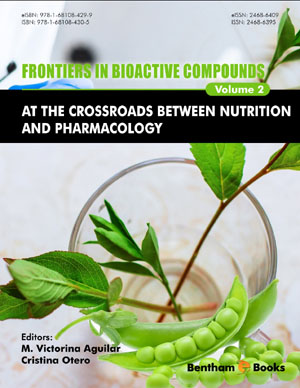Abstract
Consumption of vegetables, cereals and fish products are highly recommended by nutritionist pyramidal outliners since they are important for the proper intake of all food nutrients needed for a healthy diet. However, despite the already well known compounds such as vitamins, minerals, essential amino acids etc. which are essential because human body cannot synthetize them by itself, these food also contains bioactive compounds (carotenoids, glucosinolates, flavonoids and other phenolic compounds, dietary fibers, ω3-fatty acids, etc.) showing specific functionalities far more important than the classical nutrition because they reduce the risk of several diseases by showing health beneficial properties such as i.e. antioxidant, immunomodulatory, anticancerogenic, hypocholesterolemic, antimicrobial activities. However, the culinary methods utilized, during the domestic processing of those foods, modify not only their nutritional composition but also the concentration and availability of the bioactive compounds, being cooking one of the most influencing because of the high temperatures utilized. The media and the technology used might also affect positively or negatively, i.e., the lower temperatures used during aqueous cooking are beneficial for carotenoids, dietary fibers and other compounds not soluble in water, but methods such as boiling induce leaching of water soluble compounds such as glucosinolates, phenols etc. Steam-pressure is detrimental for dietary fibers but reduces cooking times and osmotic processes making them suitable for the maintenance of water soluble compounds. Maillard reactions induced during dry heating or cooking using fats or oils as medium protect some compounds from leaching but destroy others because of the high temperatures generated. They also induce cross-linking impairing the proper digestion and absorption of formed complexes. The use of lipid medium during frying also modify the ω3/ ω6 ratio of products containing ω3-polyunsaturared fatty acids.
Keywords: Bioactive compound, Cooking technology, Nutritional value.




















